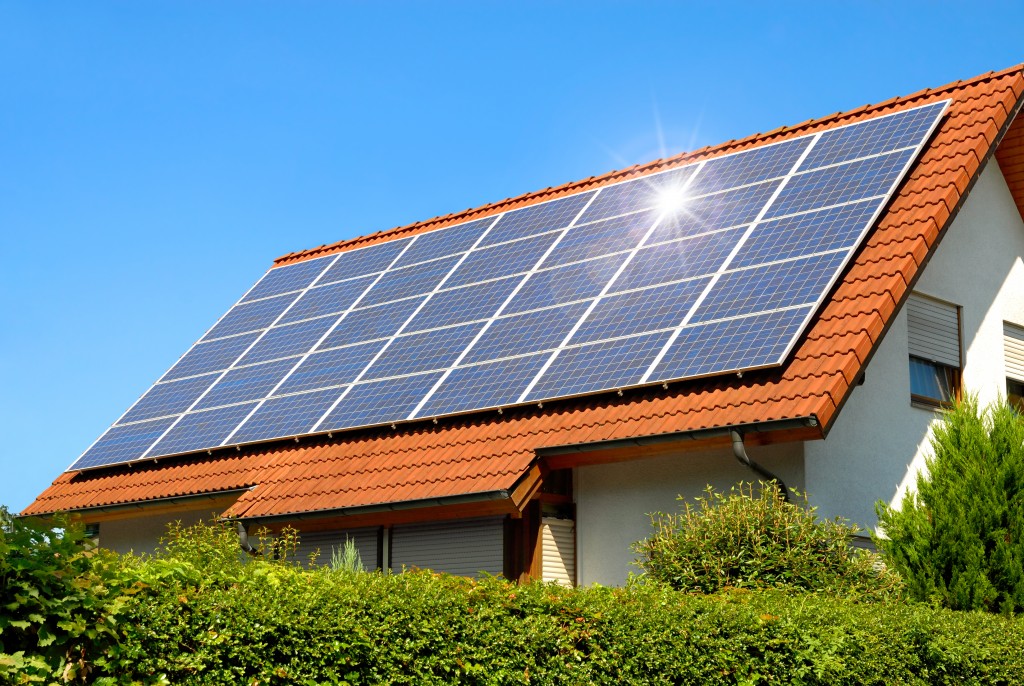Disclaimer: This website provides health information for educational purposes only and is not a substitute for professional medical advice, diagnosis, or treatment. Always seek the guidance of a qualified healthcare provider with any questions you may have.
All the energy that the world needs can be provided by the sun in one minute. If the sun’s generated power were harnessed for 24 hours, it could supply the world for 27 years. The sun is the only reliable and sustainable energy source. It is also efficient and cost-effective, but one has to choose the right solar panel.
When looking for a solar panel distributor, you want someone who has variety, which allows you to pick a product that will work in your environment. Generally, regardless of the type, solar panels convert sunlight into electricity. Those types include:
First-generation panels
Panels under this category are made with polysilicon or monocrystalline silicon. Monocrystalline panels are pure. They have a uniform look and rounded edges. Due to the purity of silicon, they have high efficiency or output. They take up little space and will serve you for long because they are not affected by heat.
Polycrystalline panels have squares and uncut angles, tending to be blue and speckled. Made with melted silicon, these panels are relatively cheap. They have an efficiency of 15%, are larger than Mono-SI, and will be affected by heat. While there are differences between the two types of first generation types, their use will depend on various situations. They tend to have similar power outputs.
Second-generation panels

Here, the cells are primarily used in buildings, and for photovoltaic stations. TFSC (Thin-film solar cells) are made using films of material like copper, silicon, and cadmium. They are easy to make and so are, affordable. Since they are flexible, they offer numerous opportunities for other applications and are not affected by heat. The only problem is that they tend to be big and unusable in homes.
A-Si (amorphous silicon solar cell) panels are mainly used in pocket calculators. They rely on triple layers of technology which works well for thin film cells. Here, thin refers to a micrometer in thickness. They have a 7% efficiency.
Third-generation panels
These panels are thin film and are still being developed. They generate power using both organic and inorganic materials. The biohybrid cell is a type that is yet being designed. It uses photosystem that emulates photosynthesis. The cell will use different materials for traditional solar panels but will combine them with new technology that can convert chemical energy to electrical in high amounts.
CdTe (cadmium telluride solar cell) refers to different panels that use cadmium telluride to increase efficiency and lower costs. Of all technologies, this one requires the least amounts of water. These cells contribute the lowest to your carbon footprint. The downside is that the base material is toxic if it is inhaled, causing complications.
In the end, solar panels are about energy efficiency and saving the environment, but you have to be careful when buying one. Aside from the price, you must also be sure about your needs. For instance, amorphous panels work best in smaller homes. If you feel unsure, you can seek the help of a professional.




